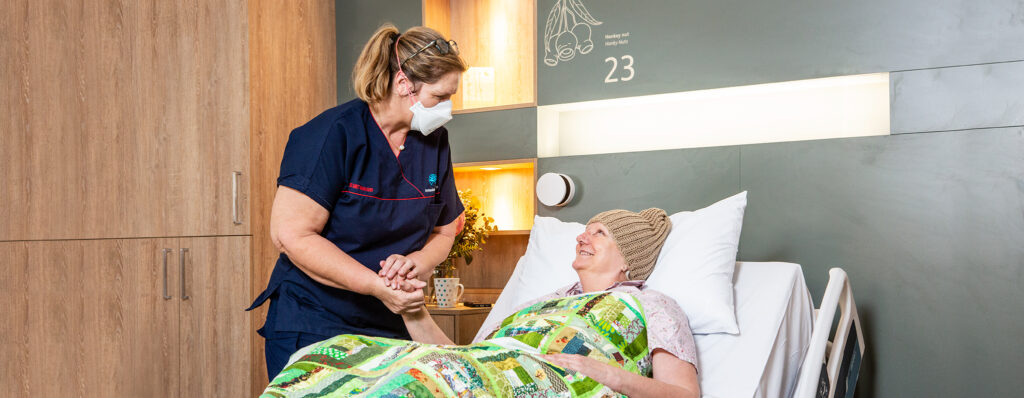Innovation and research
2021-22 innovation snapshot

17 innovation events and hackathons with 325 attendees

175 EMHS staff registrations for the online COVIDEAS challenge in 2021-22

7 innovation projects commenced. Several ideas from the inaugural ideas challenge in 2020-21 were funded and have commenced as projects in 2021-22, including the Plastic Surgery Virtual Hand Injury Clinic, the Ambulatory Video EEG Monitoring Project (learn more) and virtual reality in palliative care (learn more).
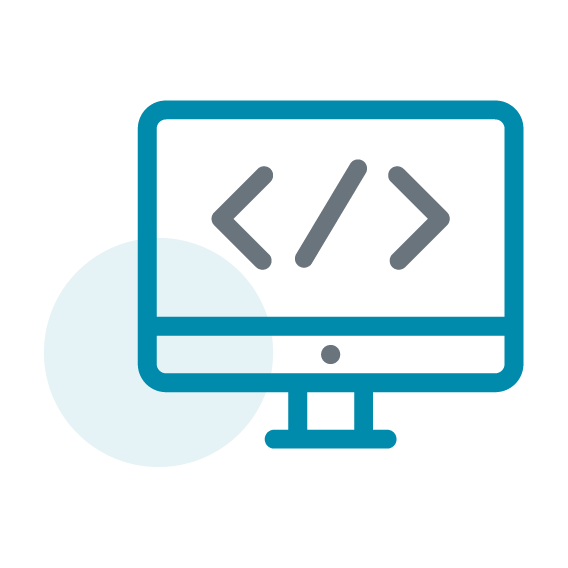
97 students engaged in youth health innovation consultation via the Youth lnnovation Think Tank event, HabitHack project and Byford Health Hub Youth Hackathon (learn more), to co-design innovative solutions to real-world health challenges being addressed by EMHS

10 submissions for innovation grants. The EMHS Innovation Team supported EMHS staff to develop innovative applications for grant opportunities in 2021-22 from the WA Health Future Health and Research Innovation Fund

40 Innovation Champions alumni. Innovation Champions programs aim to encourage problem re-framing, human-centred design thinking and behavioural insights
2021-22 research snapshot
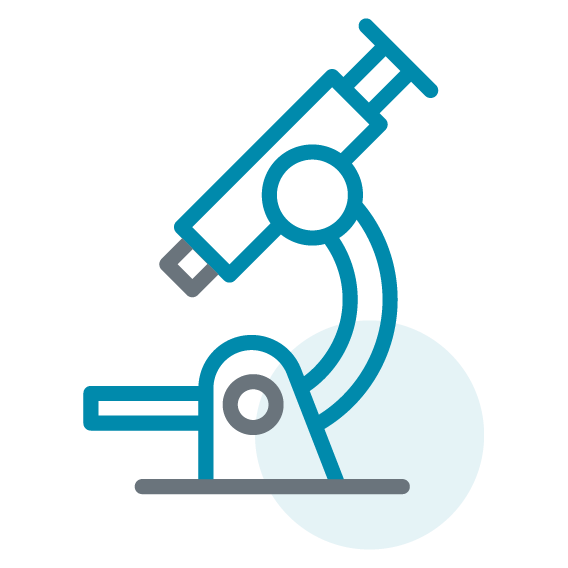
In 2021-22, there has been a 20% increase in research projects, largely due to a 30% increase in clinical trials and a 58% increase in studies conducted with national collaborative research groups.

new research projects

investigator-initiated projects conducted by local staff and sites within WA Health

projects conducted in collaboration with not-for-profit organisations and institutions

clinical trials commenced

projects conducted in collaboration with WA universities
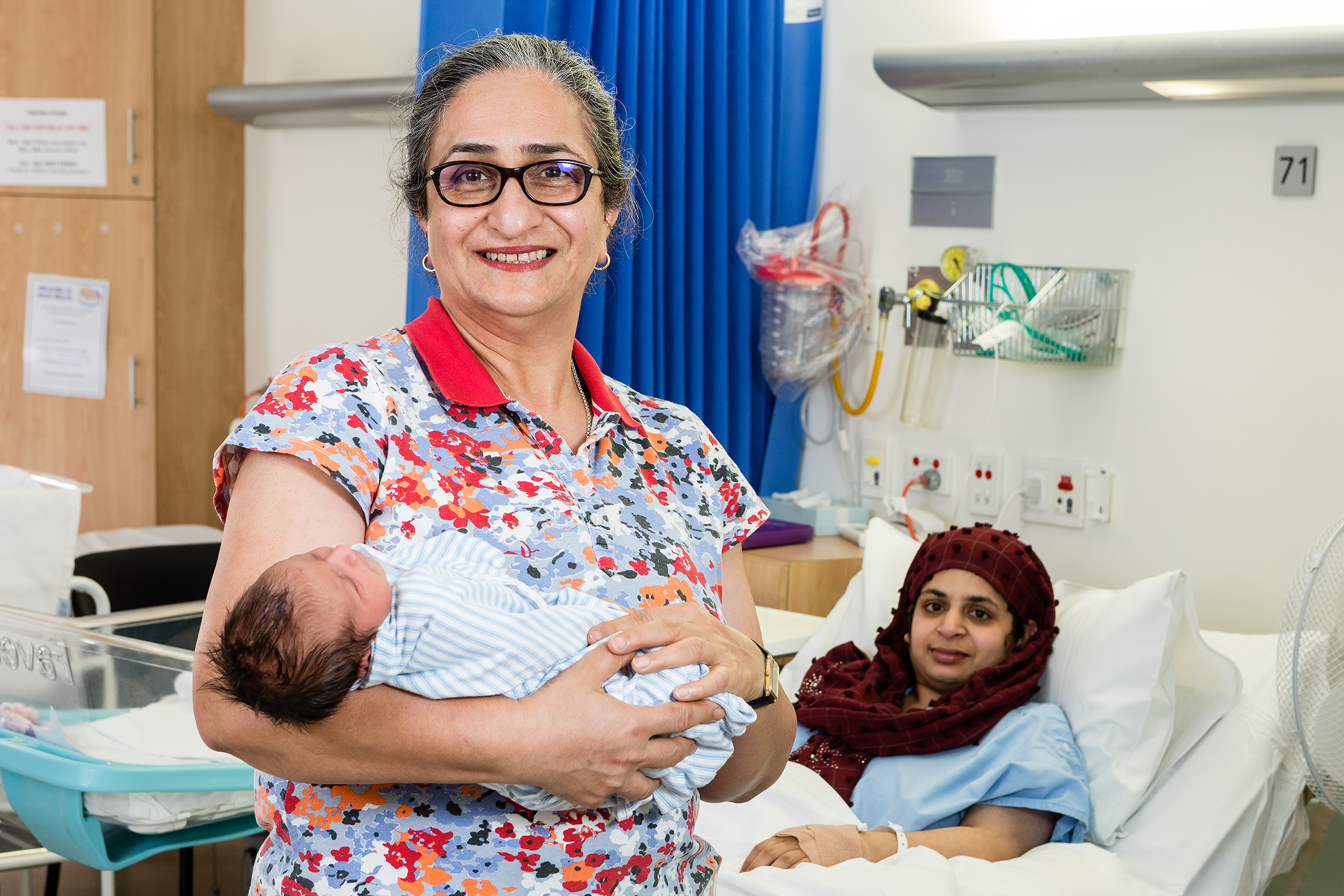
Researcher highlights need to raise bar on stillbirth data
Quality research plays a vital role in advancing patient care — and quality research relies on quality data.
In November 2021, research led by AHS Head of Obstetrics and Gynaecology Dr Sangeeta Malla Bhat highlighted a failure among high-income countries to pursue data on stillbirths in minority ethnic populations.
The consultant obstetrician also found that lack of a standardised approach to classifying stillbirth could be undermining efforts to better understand factors that impacted stillbirth rates.
Dr Malla Bhat had set out to investigate ethnic variation in causes of stillbirth in high-income countries through a systematic review of relevant scientific literature.
“The more we understand about the influence of ethnicity on stillbirth, the better we can care for women during pregnancy,” she explained.
But in her paper, published in the International Journal of Gynaecology & Obstetrics, Dr Malla Bhat concluded that even among high-income nations, there was a lack of high-quality information on the causes of stillbirth in many ethnicities.
Dr Malla Bhat’s paper also noted the wide variation in how stillbirth was defined, even between countries and reputable bodies such as the WHO and Perinatal Society of Australia and New Zealand.
She said a standardised definition would be needed to assess whether the causes of stillbirth differed across ethnic groups.
Following these findings, Dr Malla Bhat is planning to undertake a retrospective analysis of stillbirths at AHS over the past 10 years. She hoped that confining her focus to a single health service may help identify any patterns linking stillbirth to ethnicity.
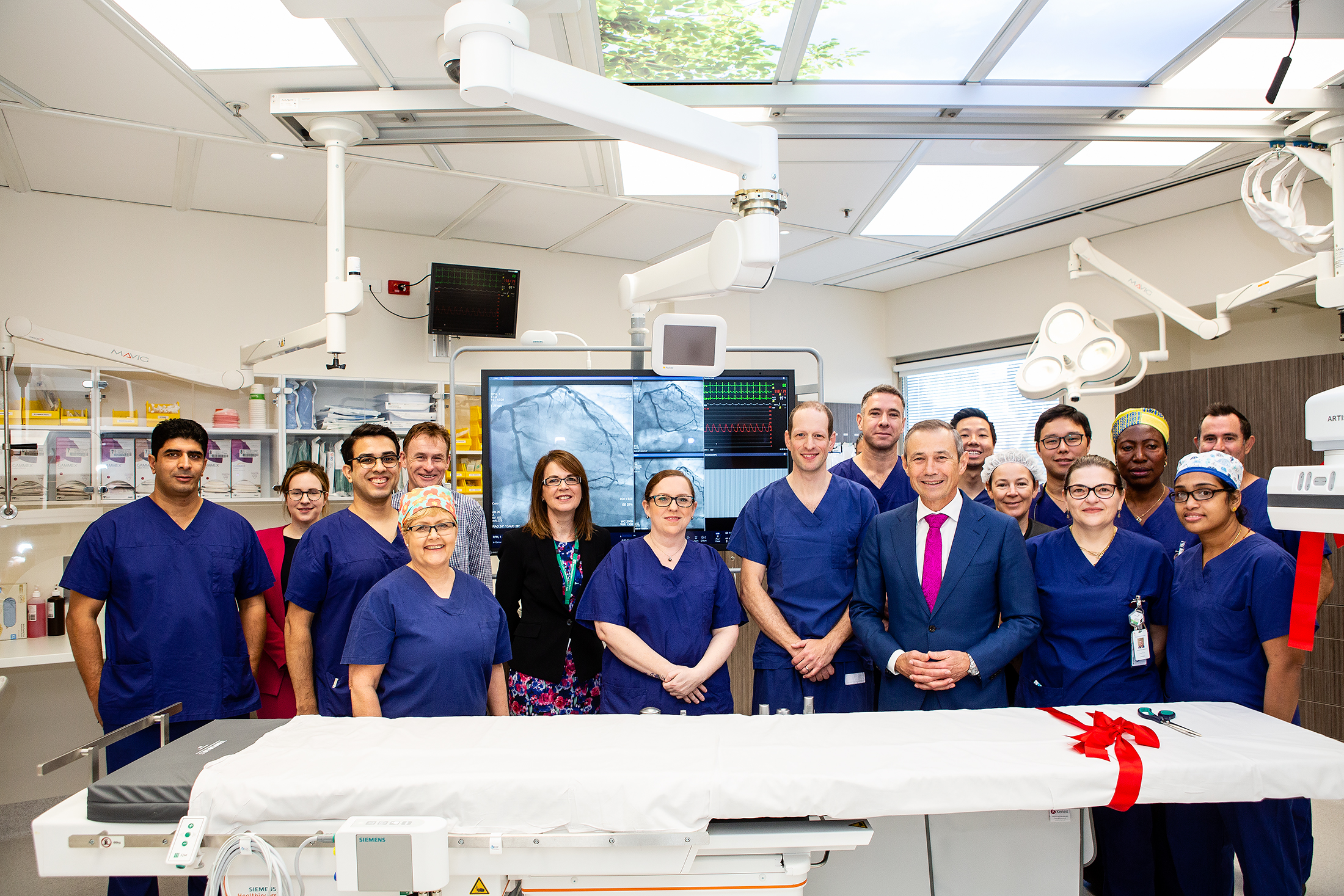
EMHS getting to the heart of chest pain
Cardiology has blazed new trails during 2021-22. At RPH, the introduction of two specialised invasive investigations of coronary circulation has paved the way for enhanced diagnosis and care of patients experiencing previously unexplained chest pain.
It makes RPH the first — and currently only — hospital in WA to offer these tests, which are performed in a systematic way as an extension of the standard invasive coronary angiogram — a procedure used to detect significant coronary artery disease and restrictions in coronary arteries that carry blood to the heart muscle.
One of the new tests measures resistance within the microcirculation (the network of tiny vessels responsible for supplying oxygenated blood to the heart muscle cells, which are too small to be seen on conventional coronary angiography yet make up 90% of the overall coronary circulation), which may suggest structural microvascular disease. The other test — acetylcholine provocation — may reveal vasomotor disorders (such as coronary artery vasospasm).
The addition of these studies to the suite of tests already available through RPH, represents a significant expansion of the hospital’s coronary physiology program and provides fresh hope for patients with unresolved and troublesome anginal symptoms.
It also offers exciting research opportunities, which the RPH team has capitalised on, by becoming the first in the world to recruit patients into two pioneering multicentre research studies within the field of coronary physiology.
RPH Interventional Cardiology Consultant Dr Jon Spiro, who has driven the establishment of this testing in WA, said many of these patients would go from doctor to doctor and incur significant expense in their quest for answers.
“In the meantime, their health, work, relationships and life in general will suffer,” he said.
“To be able to provide a physiological cause for these patients’ previously unexplained anginal symptoms can have profound benefits for them, including enhanced symptom management, improved lifestyle choices and better engagement in their own healthcare.”
Pilot to test value of early warning system for brain injury
Every year about 100 Western Australians are admitted to an ICU to be treated for a traumatic brain injury (TBI). Sadly, only about half of these patients will return to a functioning or semi-functioning life.
But RPH Director of Intensive Care Research Dr Robert McNamara hopes he can improve the outcome for these patients.
He is leading world-first research that is trialling the use of machine learning — a form of artificial intelligence — to predict when a patient is likely to experience a rise in intracranial pressure.
This pressure is a serious complication of TBI which, if not alleviated rapidly, causes further damage, leading to worsening of the patient’s injury. In severe cases, rises in intracranial pressure can reduce blood flow to the brain and cause permanent damage or death.
“The problem we face in treating these rises is that we’re only putting out fires — not preventing them,” Dr McNamara explains.
His project is piloting machine-learning algorithms — developed within WA Health — that can sound the alarm on these rises up to 30 minutes before they occur, giving ICU staff the chance to get on the front foot in treating the patient.
Significantly, the algorithms learn as they go and are adaptive to the individual patient. The algorithms being used in the project were developed by Shiv Meka, a data scientist who works with the EMHS’ HIVE.
They work by looking for patterns in large volumes of real-time data, captured by monitors at the patient’s bedside. The captured data includes intracranial pressure, temperature, oxygen saturation levels, blood pressure, heart rate and respiratory rate.
Dr McNamara’s project will determine whether TBI patients randomly assigned to receive monitoring from these algorithms, have better outcomes than those assigned to care as usual.
The pilot will also run in other trauma ICUs across Australia in 2023.
The Pawsey Supercomputing Centre in Kensington was instrumental in the algorithms’ development, providing the computing power needed to process the vast volumes of early data.
More than half of TBI patients sustain their injury in a traffic accident, about 20% on the sporting field, and between 10 and 15% during an assault.
Young people are disproportionately affected by TBIs which — in addition to the enormous human toll — cost Australian society an estimated $8-10 billion annually.

